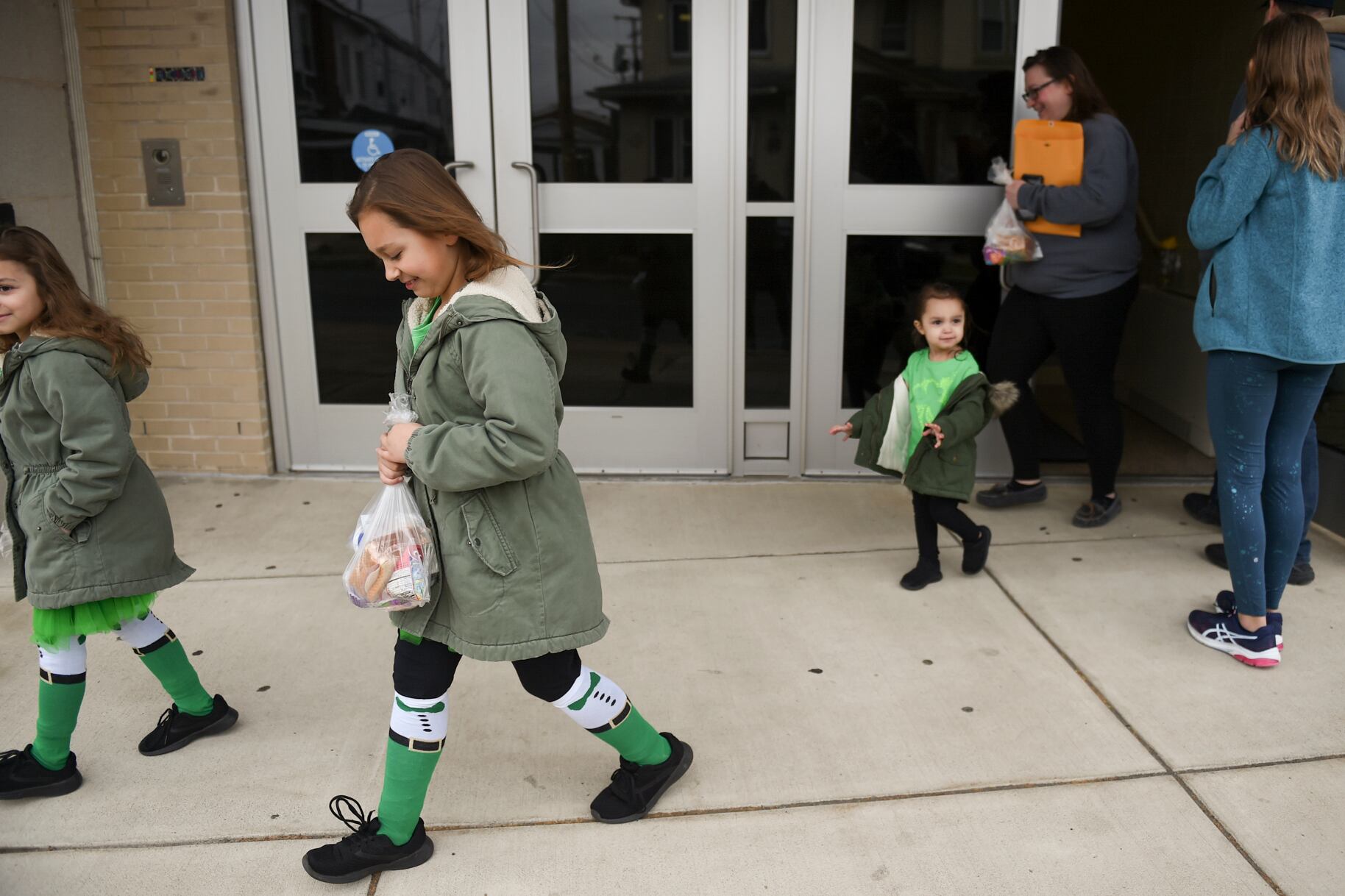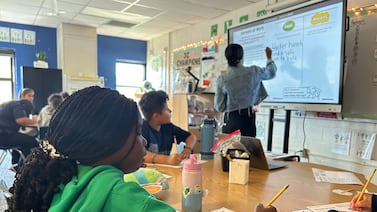Once the pandemic upended normal school this spring, students of all ages in high-poverty school districts were asked to do less schoolwork and spend less time in class than their peers in affluent school districts.
That’s according to a national survey led by the American Institutes for Research, one of the most sweeping efforts to date to track what student learning looked like during that period. It includes responses from a nationally representative group of 474 school districts across the country, collected from mid-May to mid-July.
The survey also found high-poverty districts were less likely to monitor if students completed their work, if students were interacting with their teachers, and if students were logging into their school district’s online programs. Some 15% of high-poverty districts said they didn’t monitor student participation at all, while only 1% of low-poverty districts said the same.
These early findings add to the body of evidence suggesting students in high-poverty school districts missed out on more academic content and got less support this spring than their wealthier peers — which may mean they’ll need more help catching up in the fall.
“Districts serving high proportions of students in poverty, of course, have had to cope with many pressing needs during the first months of the pandemic, like food distribution and device access, and thus high-poverty districts may not have been able to spend as much time on virtual instruction or new content,” Mike Garet, a vice president at AIR who is heading the survey project, told reporters this week.
The findings are considered preliminary because AIR is still collecting answers from a larger group of 2,500 districts.
The survey defines low-poverty districts as those where less than 10% of school-age children live in poverty, according to Census data. High-poverty districts are those where 20% or more of school-age children live in poverty. (Nationally, about 17.5% of school-age children live in poverty, Census data show.)
The responses show that students of all ages were expected to spend more time attending virtual classes, doing assignments, or meeting with teachers each day in more affluent school districts. The gaps were widest for middle and high school age students.
In high-poverty districts, for example, students in 9th to 12th grade were expected to spend about 3 hours and 40 minutes a day on classes and schoolwork, while students in those grades in low-poverty districts spent just over 4 hours a day on classes and schoolwork.
Assuming students were expected to work at that rate each day, over the course of a month that means high school students in more affluent districts spent just over 9 more hours attending class or completing schoolwork. The four-week gap was slightly larger for middle school students, at 10 hours. In all cases, students were spending significantly less time on school than they would under normal circumstances.
The AIR survey also shows that this spring, affluent and lower-income school districts differed in the kinds of teaching and learning they relied on.
Nearly half of the high-poverty districts said paper packets were a primary part of their remote instruction strategy for elementary-age students this spring. Only 18% of low-poverty districts said the same. The divide was even greater for middle and high school age students: 42% of high-poverty districts relied on materials like paper packets, while only 9% of affluent districts said they did.
More affluent school districts were more likely to offer younger elementary students live virtual classes with a teacher compared with high-poverty districts, but about equally as likely to do so in middle and high school grades.
Sharon Desmoulin-Kherat, the superintendent of Peoria Public Schools in central Illinois, said the data in her school district, where 38% of school-age children live in poverty, matched a lot of what the AIR survey found.
“Our hours were low … and we spent a lot of time reviewing content,” she said this week.
Early in the pandemic, she said, her district, which enrolls nearly 13,000 students, focused on feeding students and distributing some 6,000 devices to students. And though the district didn’t rely much on paper packets, there was a scramble to get teachers trained on Microsoft Teams, she said, which allows for things like video calls, chatting, and sending files.
“We definitely, during that time, were in a reactive mode,” Kherat said.
Many education advocates have suggested that to improve instruction for the fall, students should receive more live instruction and interact more with their teachers. That will be hard to do in places where there is still a digital divide to overcome, as students from low-income families are less likely to have high-speed internet and often lack ready access to a device, which can make it harder to learn by live video instruction.
The AIR survey also found that students in high-poverty districts were much more likely to have spent time reviewing content that was taught earlier in the year, instead of on new lessons. Other surveys have found the same.





